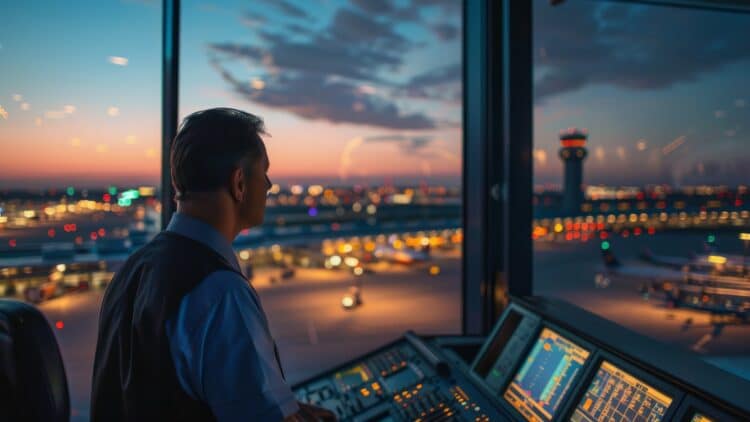If you happened to fly last weekend, you know firsthand that October 19, 2025, was not the best day to travel in the United States. As if the government shutdown this October weren’t enough, a mayor created absolute chaos in the skies. Thousands of people were caught in a logistical nightmare stretching from Dallas to Chicago. If you saw how the airports were, you know that the situation was one of absolute frustration, with hundreds of travelers having to sleep in the terminals. This was the reality at airports such as DFW and Chicago O’Hare.
The official figures are quite serious: 529 flight cancellations were recorded. The worst part was the delays; more than 7,900 domestic and international flights were delayed. Needless to say, this figure brought the entire country to a complete standstill, like a domino effect. Before we start pointing fingers, the problem was not due to a technical failure by any airline such as American, Delta, or SkyWest. It was due to a federal administrative “blackout” that cut power to the air traffic control system.
This showed that there are still critical vulnerabilities in the US skies despite more than 20 years of protocols. If you’ve ever wondered what happens when a political problem hits the ground (or, to put it poetically, takes off), here’s your answer.
Why did the Government Cancel Flights?
At this point in the month, you must be tired of hearing us talk about the government shutdown. The fact is that the U.S. Congress has failed to approve the budget in time for federal agencies to operate normally. This means that the federal government is shutting down its “non-essential” operations, while essential services continue to function… But staff are working without pay. If it’s already a big sacrifice to go to work every day, imagine doing so for a paycheck that won’t arrive on time. Not so eager to volunteer your services to the public in that case, are you?
This is where the Federal Aviation Administration, the invisible brain of the nation’s aviation system, has entered the crisis. After all, they are the ones who manage air traffic control and direct every takeoff, landing, and route in the airspace. Air traffic controllers have continued to work because they are considered essential personnel, but working for weeks without receiving payment for their efforts has gradually led to a considerable increase in “sick leave.”
It got to the point where control towers and en route centers were left without enough staff to operate safely. Fewer controllers meant more work for those who did show up for work, and more importantly, it meant significantly more risks to aviation safety. To compensate for the staff shortage and maintain safety, the FAA had no choice but to slow down air traffic. By spacing out the number of planes in the sky at any given time, safety was guaranteed (no planes were going to crash in mid-air), but the price was massive delays that spread throughout the system and to every airport in the country.
DFW as the Epicenter
All airports suffered, but the chaos reached its peak at Dallas-Fort Worth (DFW). The previous Saturday, severe storms in Texas combined with the government shutdown. This airport alone had to deal with 138 flight cancellations and more than 509 delays that weekend. Nearly 50% of its scheduled flights were affected.
At Chicago O’Hare (ORD), the problem mainly manifested itself in delays. ORD recorded more than 600 delays, paralyzing nearly 47% of its operations. This chaos spread like wildfire and ended up disrupting travel plans at airports such as Miami, Newark, Fresno, and even Detroit, as their journeys were disrupted by problems originating thousands of miles away. If we can draw one conclusion from this, it is that the world of transportation is now completely connected.

